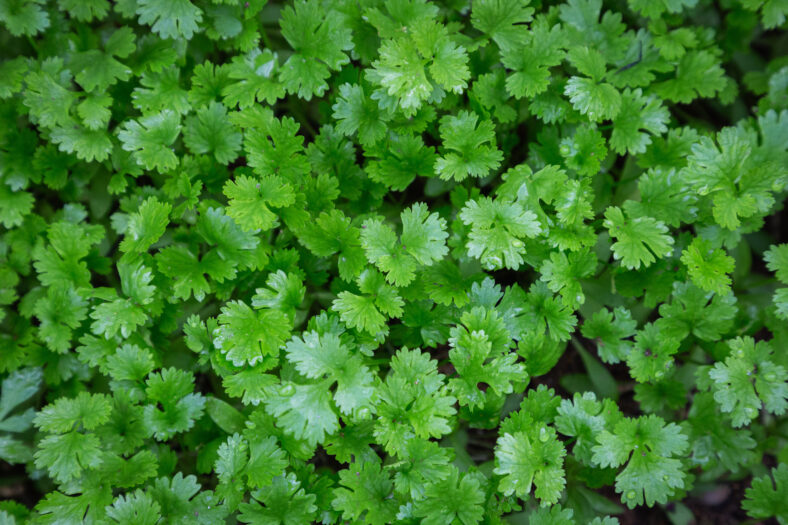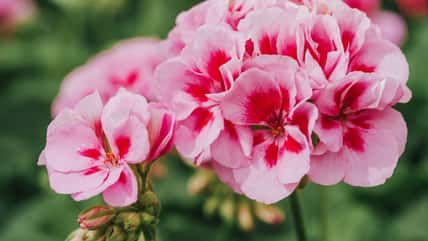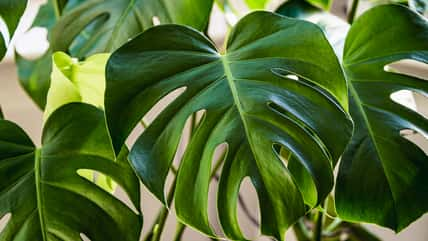Your Guide To Growing Cilantro In Your House

If you love cilantro, consider growing it indoors instead of always buying bunches of them at the store. Homegrown cilantro will have fresh, fragrant leaves to enhance your meals—your taste buds will thank you! The herb will be available to use, even in winter.
The trouble with growing cilantro is when it bolts, or flowers, which is when its signature flavor changes. But don’t let that scare you! It’s easy to grow indoors as long as you have enough light.
The plant grows fast but is short-lived. It does not require much space, and you can pinch the leaves off regularly for culinary purposes to extend its lifespan.
Sunlight
Outside, cilantro grows in full sunlight, but inside, direct sunlight may burn the plant. It still needs plenty of light, at least six hours or more of bright, indirect light.
Cilantro can grow in less light, but its growth will be slower, and it will be more likely to rot.
Temperature And Humidity
When the weather hits around 80 to 85 degrees Fahrenheit, cilantro will bolt. Your home probably won’t reach those kinds of temperatures, but your windowsill might be warmer than you realize. Once cilantro bolts, its flavor changes.
You can put off bolting for as long as possible by keeping your home around 65 to 70 degrees Fahrenheit. Normal indoor humidity levels are fine for cilantro.

Sign up for Chip Chick’s newsletter and get stories like this delivered to your inbox.
Watering
Keep the soil moist but not soaking wet. If your home is particularly humid, you may need to water less because the soil will retain moisture for longer. It’s important to have good drainage since cilantro has deep roots. Aim for about one inch of water each week.
Soil And Fertilizer
Plant cilantro in well-draining soil with perlite or sand mixed in. Premium potting mix is recommended over garden soil when grown in a container. If needed, use a liquid fertilizer to supplement for soil that is not nutrient-rich. Feed the herb once a month.
Pruning And Harvesting
As the cilantro grows, occasionally pinch them back by about one inch to encourage fuller growth. Snip away soft stems on a regular basis to extend the harvest and slow down the bolting process. It should be ready to harvest in three to four weeks after the initial planting.
Other Information
Pollination is not required for this plant since cilantro is mainly grown for its flavorful leaves. But if you want to harvest the seeds, you might need some assistance with pollination. After the plant has flowered, try shaking it gently each morning or move it outdoors for a few hours each day.
Cilantro must be grown in a pot that is at least 12 inches deep and 18 inches wide. A plastic pot can help hold water and retain moisture. Cilantro dislikes repotting and will bolt at the first sign of stress. You should only repot cilantro once after bringing it home and then keep it in that container for the rest of its life. A fully mature flowering cilantro plant can reach a height of 24 inches.
More About:Gardening





